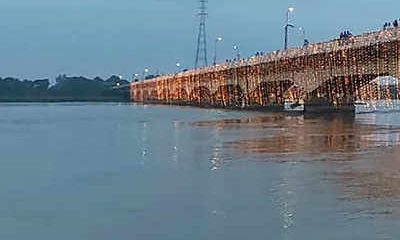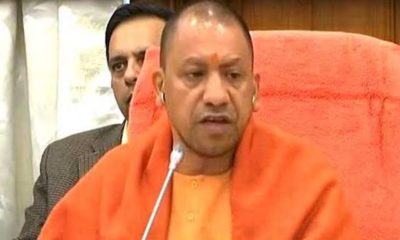Feature
Earth will suffer from drought, wildfires, floods and food shortages by 2030
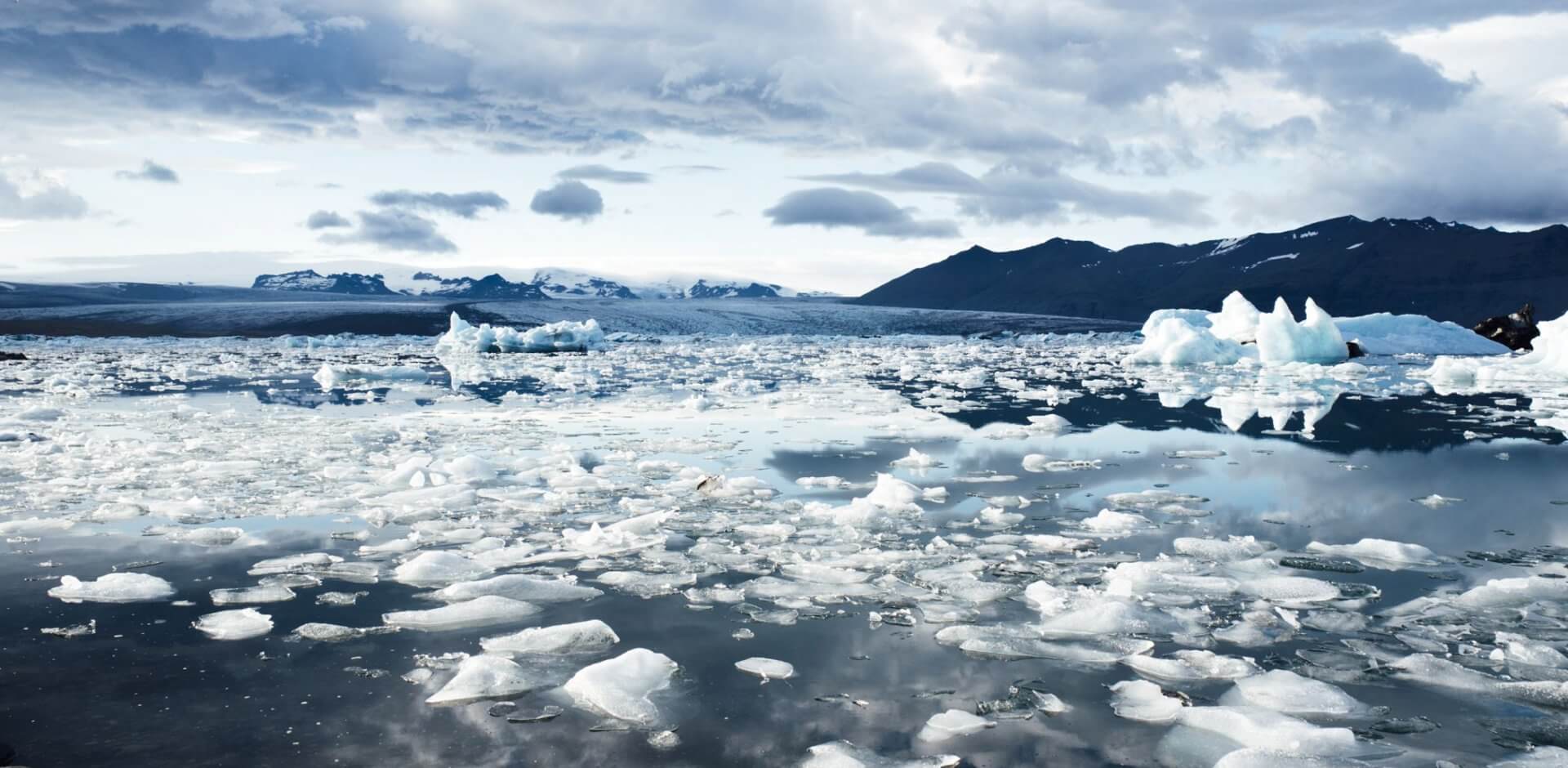
Geneva: According to United Nations (UN) Intergovernmental Panel on Climate Change (IPCC) reports on Monday said the planet Earth will reach the crucial threshold of 1.5 degrees Celsius above pre-industrial levels by year 2030, precipitating the risk of extreme drought, wildfires, floods and food shortages for hundreds of millions of people.
In a report, the IPCC said that governments around the world must take “rapid, far-reaching and unprecedented changes in all aspects of society” to avoid disastrous levels of global warming, international English news channel reported.
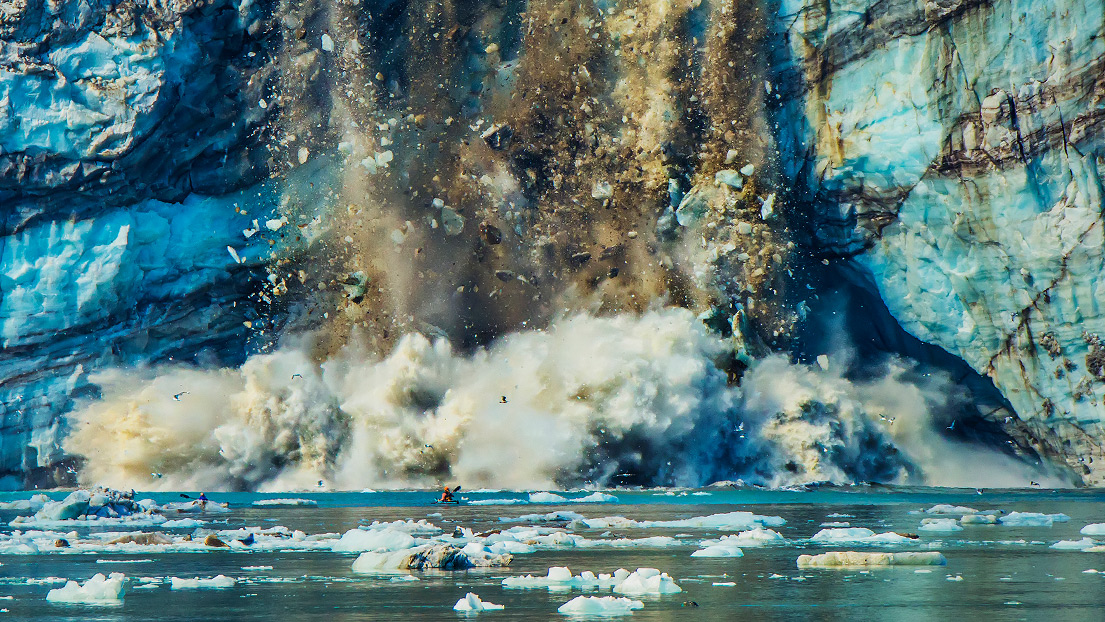
The date, which falls well within the lifetime of many people alive today, is based on current levels of greenhouse gas emissions.
The planet is already two-thirds of the way there, with global temperatures having warmed about 1 degree Celsius. Avoiding going even higher will require significant action in the next few years, the report said.
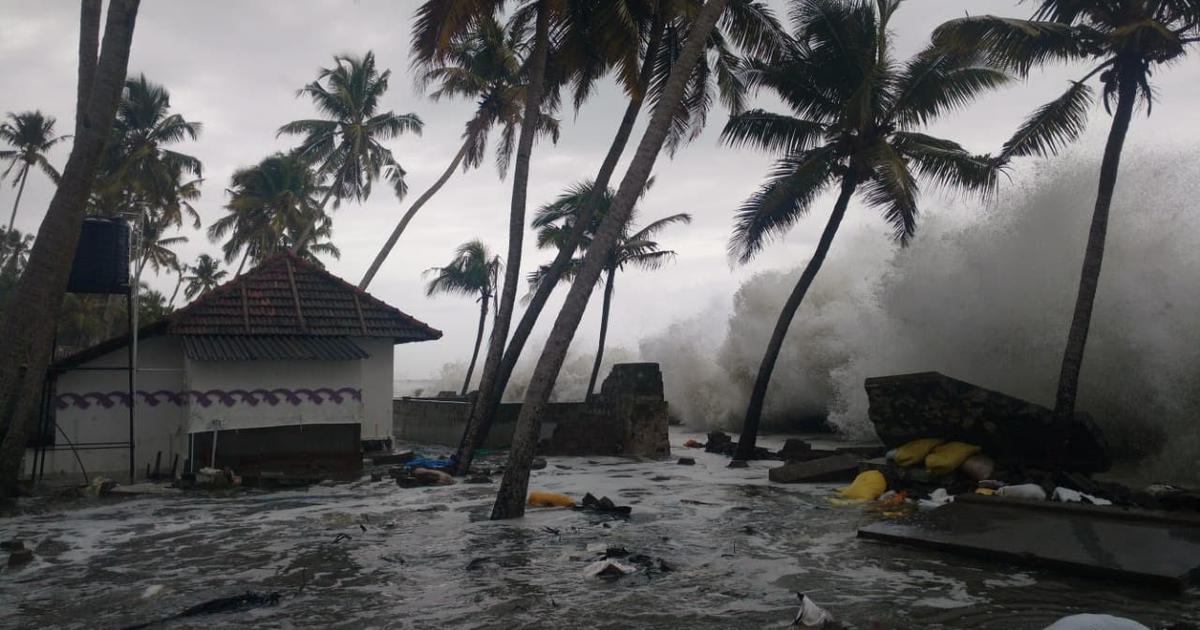
Global net emissions of carbon dioxide would need to fall by 45 per cent from 2010 levels by 2030 and reach “net zero” around 2050 in order to keep the warming around 1.5 degrees Celsius.
Lowering emissions to this degree, while technically possible, would require widespread changes in energy, industry, buildings, transportation and cities, according to the report.
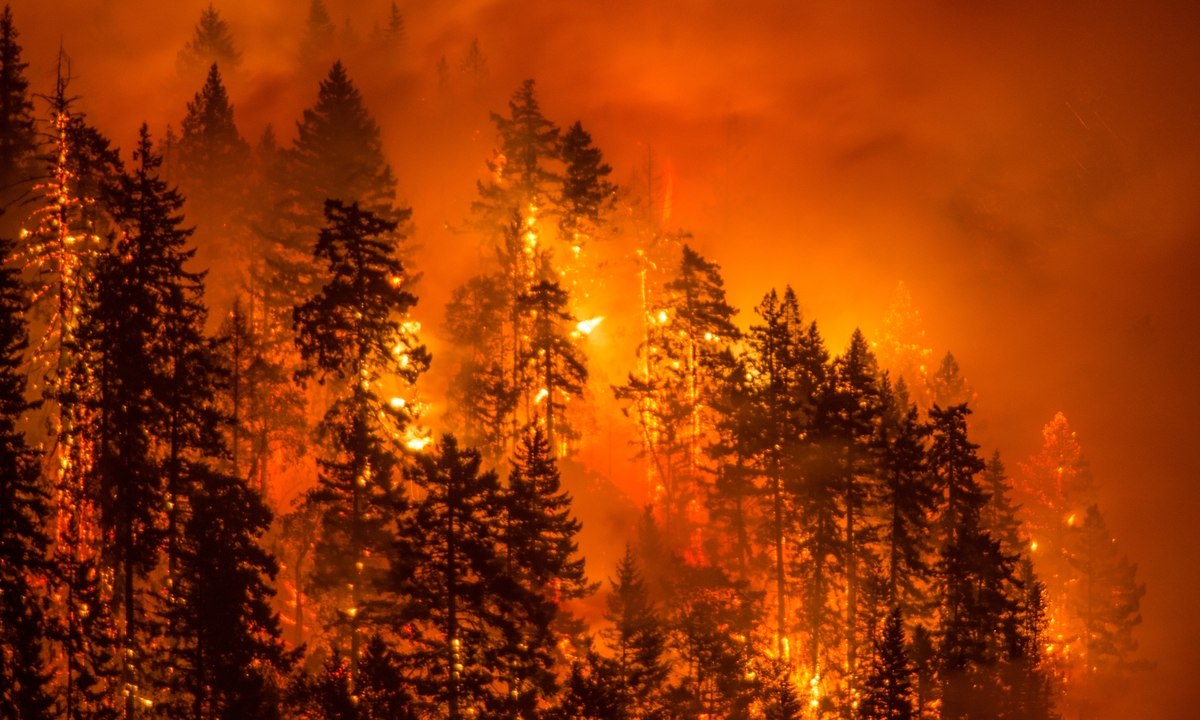
“One of the key messages that comes out very strongly from this report is that we are already seeing the consequences of 1 degree Celsius of global warming through more extreme weather, rising sea levels and diminishing Arctic sea ice, among other changes,” said Panmao Zhai, co-chair of IPCC Working Group I.
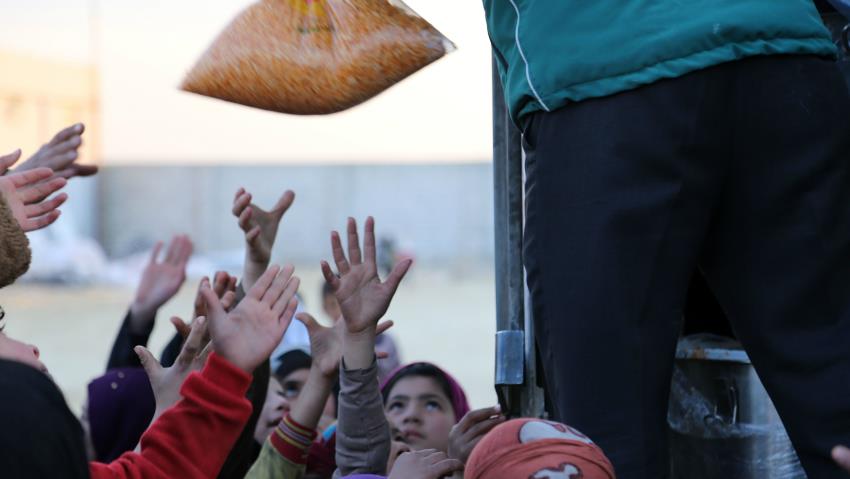
Millions of people to effect as Earth will face drought, floods and food shortages by 2030:
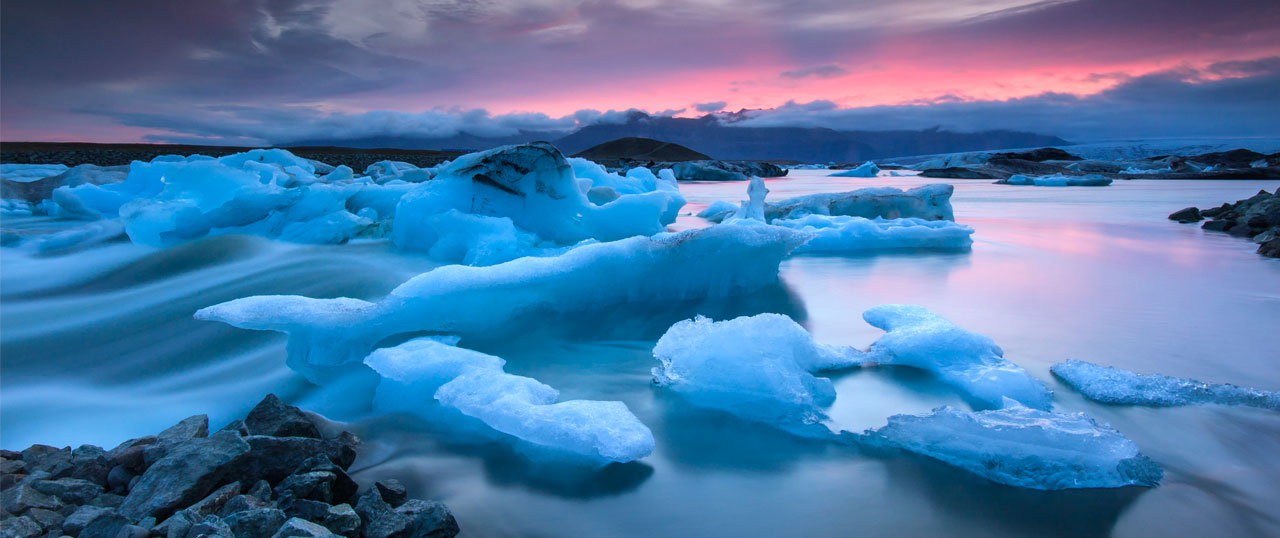
Coral reefs will also be drastically effected, with between 70 and 90 per cent expected to die off, including Australia’s Great Barrier Reef.
Countries in the southern hemisphere will be among the worse off, the report said, adding “projected to experience the largest impacts on economic growth due to climate change should global warming increase”.
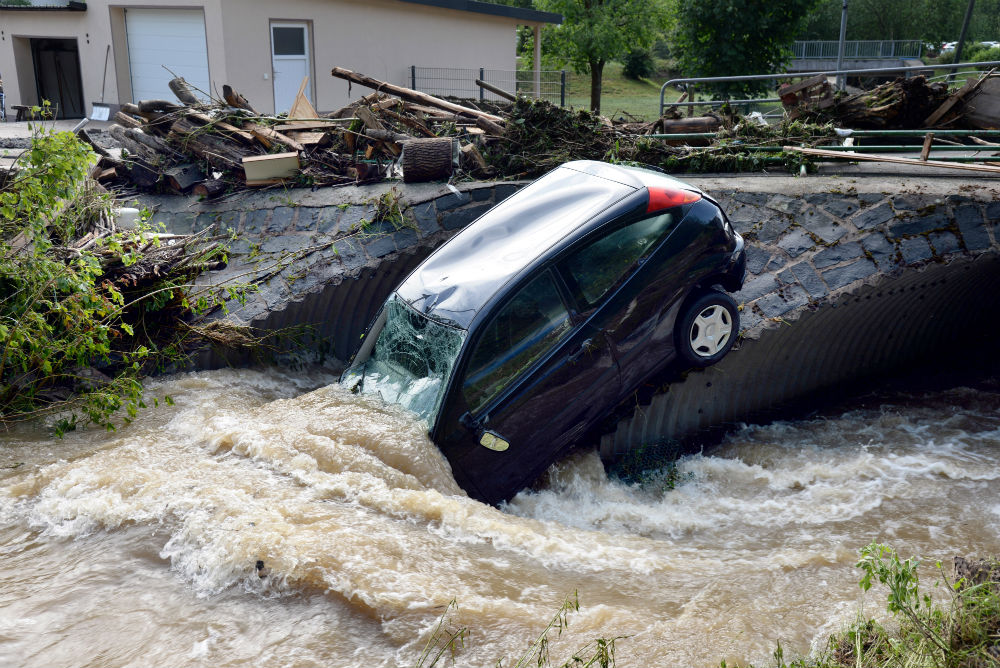
“Every extra bit of warming matters, especially since warming of 1.5 degrees C or higher increases the risk associated with long-lasting or irreversible changes, such as the loss of some eco-systems,” CNN quoted Hans-Otto Pörtner, Co-Chair of IPCC Working Group II, as saying.
Monday’s report is three years in the making and is a direct result of the 2015 Paris Climate Agreement.
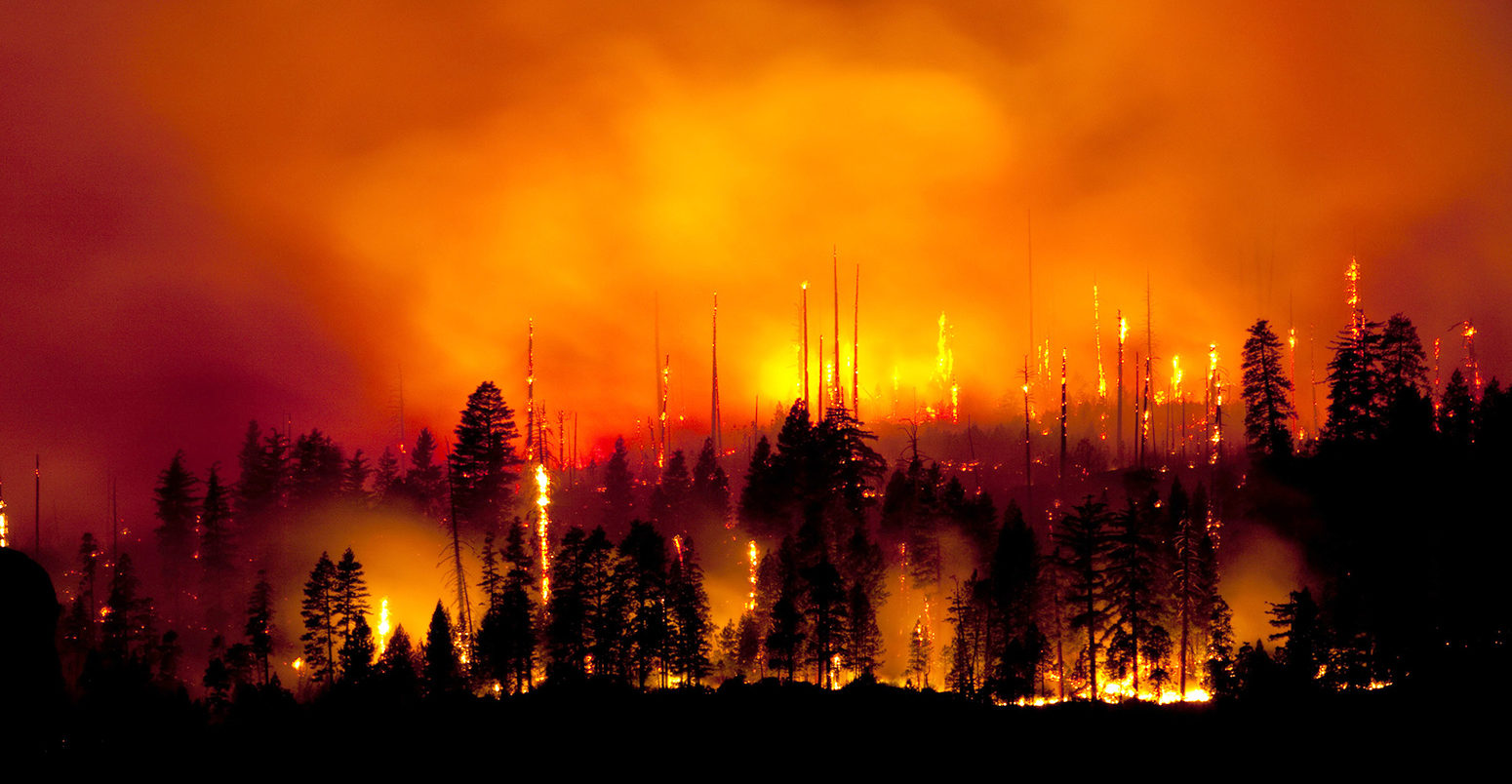
In the Paris accord, 197 countries agreed to the goal of holding global temperatures “well below” 2 degrees Celsius above pre-industrial levels and to pursue efforts to limit it to 1.5 degrees Celsius.
More than 90 authors from 40 countries were involved in leading the report, helped by 133 contributing authors.
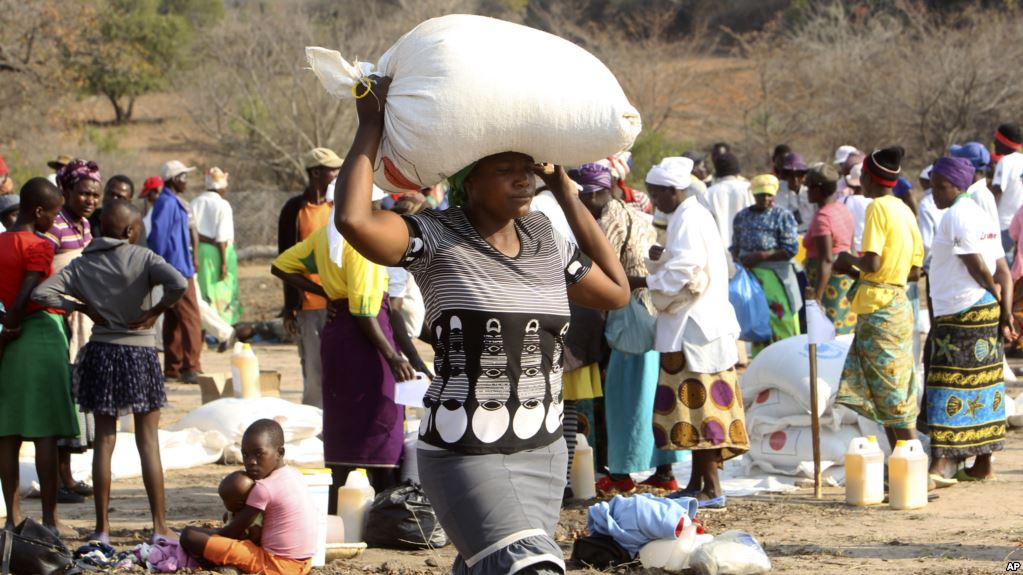
Entertainment
Meghalaya Reserves Legalized Gambling and Sports Betting for Tourists

The State Scores Extra High on Gaming-Friendly Industry Index
Meghalaya scored 92.85 out of 100 possible points in a Gaming Industry Index and proved to be India’s most gaming-friendly state following its recent profound legislation changes over the field allowing land-based and online gaming, including games of chance, under a licensing regime.
The index by the UK India Business Council (UKIBC) uses a scale of 0 to 100 to measure the level of legalisation on gambling and betting achieved by a state based on the scores over a set of seven different games – lottery, horse racing, betting on sports, poker, rummy, casino and fantasy sports
Starting from February last year, Meghalaya became the third state in India’s northeast to legalise gambling and betting after Sikkim and Nagaland. After consultations with the UKIBC, the state proceeded with the adoption of the Meghalaya Regulation of Gaming Act, 2021 and the nullification of the Meghalaya Prevention of Gambling Act, 1970. Subsequently in December, the Meghalaya Regulation of Gaming Rules, 2021 were notified and came into force.
All for the Tourists
The move to legalise and license various forms of offline and online betting and gambling in Meghalaya is aimed at boosting tourism and creating jobs, and altogether raising taxation revenues for the northeastern state. At the same time, the opportunities to bet and gamble legally will be reserved only for tourists and visitors.
“We came out with a Gaming Act and subsequently framed the Regulation of Gaming Rules, 2021. The government will accordingly issue licenses to operate games of skill and chance, both online and offline,” said James P. K. Sangma, Meghalaya State Law and Taxation Minister speaking in the capital city of Shillong. “But the legalized gambling and gaming will only be for tourists and not residents of Meghalaya,” he continued.
To be allowed to play, tourists and people visiting the state for work or business purposes will have to prove their non-resident status by presenting appropriate documents, in a process similar to a bank KYC (Know Your Customer) procedure.
Meghalaya Reaches Out to a Vast Market
With 140 millions of people in India estimated to bet regularly on sports, and a total of 370 million desi bettors around prominent sporting events, as per data from one of the latest reports by Esse N Videri, Meghalaya is set to reach out and take a piece of a vast market.
Estimates on the financial value of India’s sports betting market, combined across all types of offline channels and online sports and cricket predictions and betting platforms, speak about amounts between $130 and $150 billion (roughly between ₹9.7 and ₹11.5 lakh crore).
Andhra Pradesh, Telangana and Delhi are shown to deliver the highest number of bettors and Meghalaya can count on substantial tourists flow from their betting circles. The sports betting communities of Karnataka, Maharashtra, Uttar Pradesh and Haryana are also not to be underestimated.
Among the sports, cricket is most popular, registering 68 percent of the total bet count analyzed by Esse N Videri. Football takes second position with 11 percent of the bets, followed by betting on FIFA at 7 percent and on eCricket at 5 percent. The last position in the Top 5 of popular sports for betting in India is taken by tennis with 3 percent of the bet count.
Local Citizens will Still have Their Teer Betting
Meghalaya residents will still be permitted to participate in teer betting over arrow-shooting results. Teer is a traditional method of gambling, somewhat similar to a lottery draw, and held under the rules of the Meghalaya Regulation of the Game of Arrow Shooting and the Sale of Teer Tickets Act, 2018.
Teer includes bettors wagering on the number of arrows that reach the target which is placed about 50 meters away from a team of 20 archers positioned in a semicircle.
The archers shoot volleys of arrows at the target for ten minutes, and players place their bets choosing a number between 0 and 99 trying to guess the last two digits of the number of arrows that successfully pierce the target.
If, for example, the number of hits is 256, anyone who has bet on 56 wins an amount eight times bigger than their wager.










